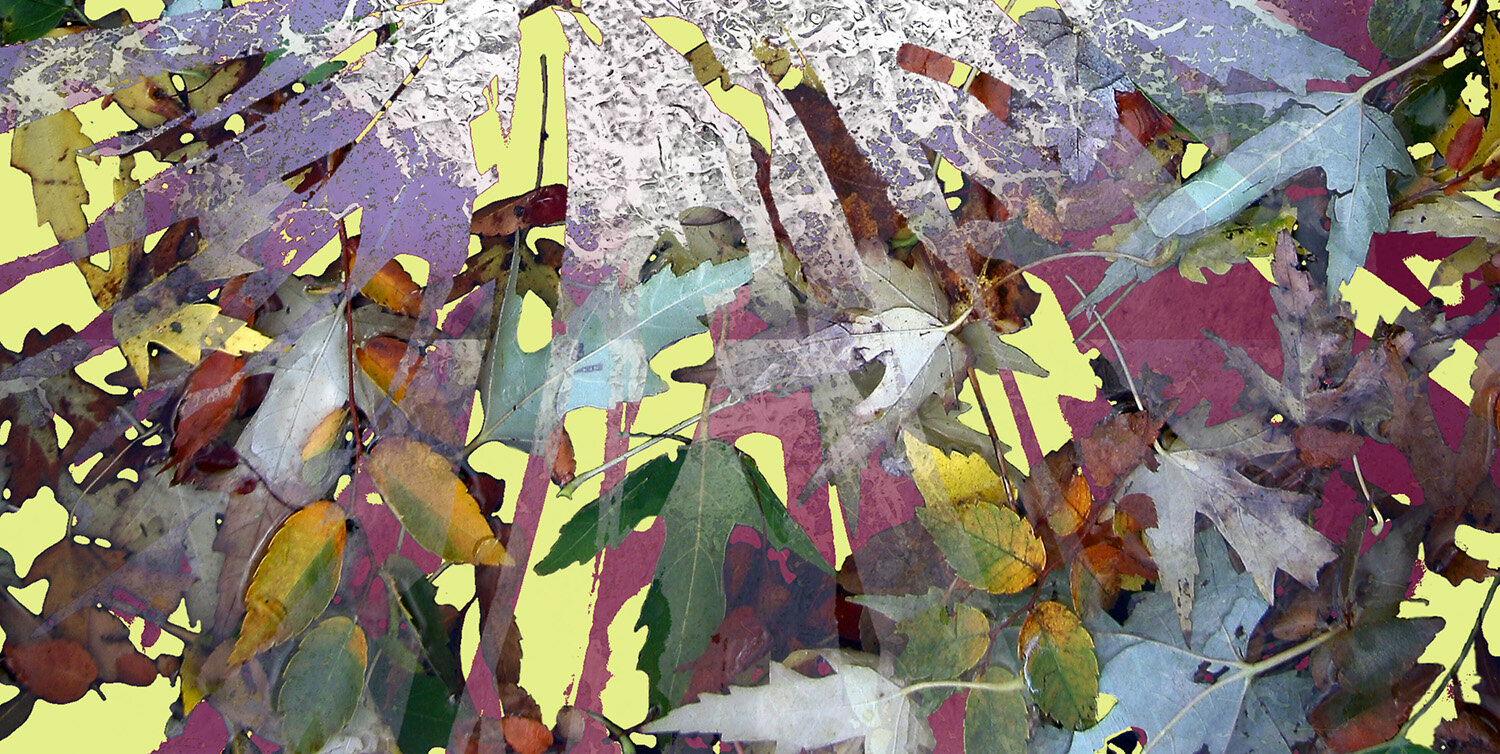About
Doug Lauber’s first painting was a surreal landscape in high school, his version of ‘The Persistence of Memory’. Early in life, he was impressed by Dali, de Chirico, and Miro. His visual imagination was sparked. Photography also became an important creative outlet. He studied at Brooks Institute of Photography, where he learned more about composition, design, and how to observe the world through a lens. He appreciated the intensive weekly critiques by his teachers and classmates. As time progressed, Lauber found himself testing the waters, jumping into other artforms, like composing music on guitar and keyboard, writing screenplays, and exploring video work. In the 80’s, many excursions were taken to SOHO to enjoy the new explosion of postmodern painting. He was affected by artists like David Salle, Julian Schnabel, and Eric Fischl. During that period, he created hundreds of oil paintings and participated in group shows. He was accepted in the prestigious Parrish Museum’s yearly juried show in 1981. The formal elements of design have always been important in his work. Presently, his goal is to produce work that is multi-dimensional, combining elements that are in many ways, opposites. In short, his work hits us with a bold design and then invites you in, to ponder the contradictions of reality, of everyday life. It’s not about his intentions. It’s about our subjective reactions. We might feel an ‘unusual mood’ or a piece might be about a universal concept like survival or love. In terms of tools and techniques, his work is about blurring the line between photography and painting. In a particular piece, he might begin with an abstract sketch, photograph it, combine that image with other photo images, print the result, and finally finish the image on canvas by adding oil paint embellishments.
Artist’s Statement
For me, it’s crucial to create artwork that is as innovative and distinctive as possible. This idea connects with the concept of ‘importance’, in terms of Art History. A strong artistic style helps separate my work from the art establishment and other artists. Beyond that, there’s the idea of merging traditional visual art with the world of digital photography. I’ve gone back and forth between various media, and now focus on the merging of digital photography with oil painting. I enjoy creating photo elements that look ‘painterly’. I accomplish this with layers and filters in Photoshop. After a digital image is printed on canvas, I often add oil paint embellishments to help realize an integration of the two media. Subject matter? -anything and everything from figures to patterns to nature. Psychology is also interesting, encompassing emotional and mental/social states. ‘Beauty’ is important as an aesthetic challenge, and when successful can enable artwork to affect people at a gut level -a strong first impression. In every work there’s a juggling of formal elements, questions of balance, color, movement…


